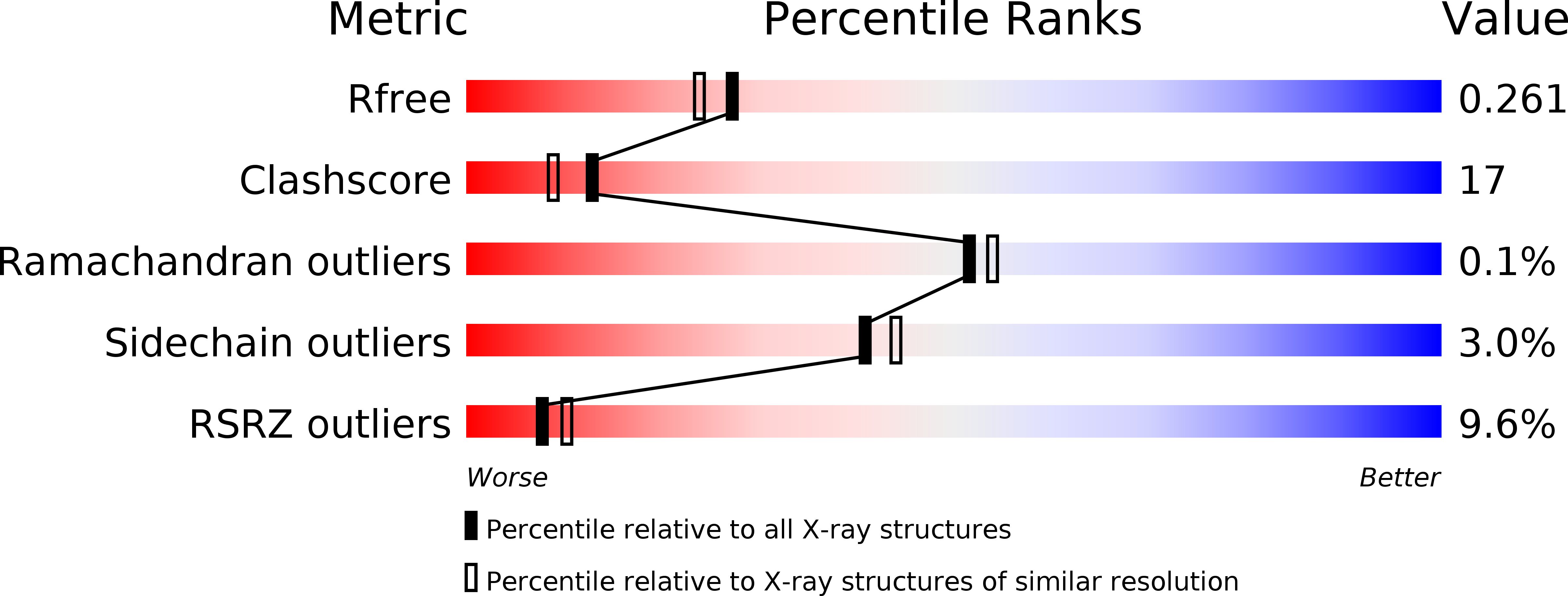
Deposition Date
2005-11-24
Release Date
2005-12-15
Last Version Date
2024-05-01
Entry Detail
PDB ID:
2C7I
Keywords:
Title:
Structure of protein Ta0514, putative lipoate protein ligase from T. acidophilum.
Biological Source:
Source Organism:
THERMOPLASMA ACIDOPHILUM (Taxon ID: 273075)
Host Organism:
Method Details:
Experimental Method:
Resolution:
2.10 Å
R-Value Free:
0.25
R-Value Work:
0.20
R-Value Observed:
0.21
Space Group:
P 1 21 1


